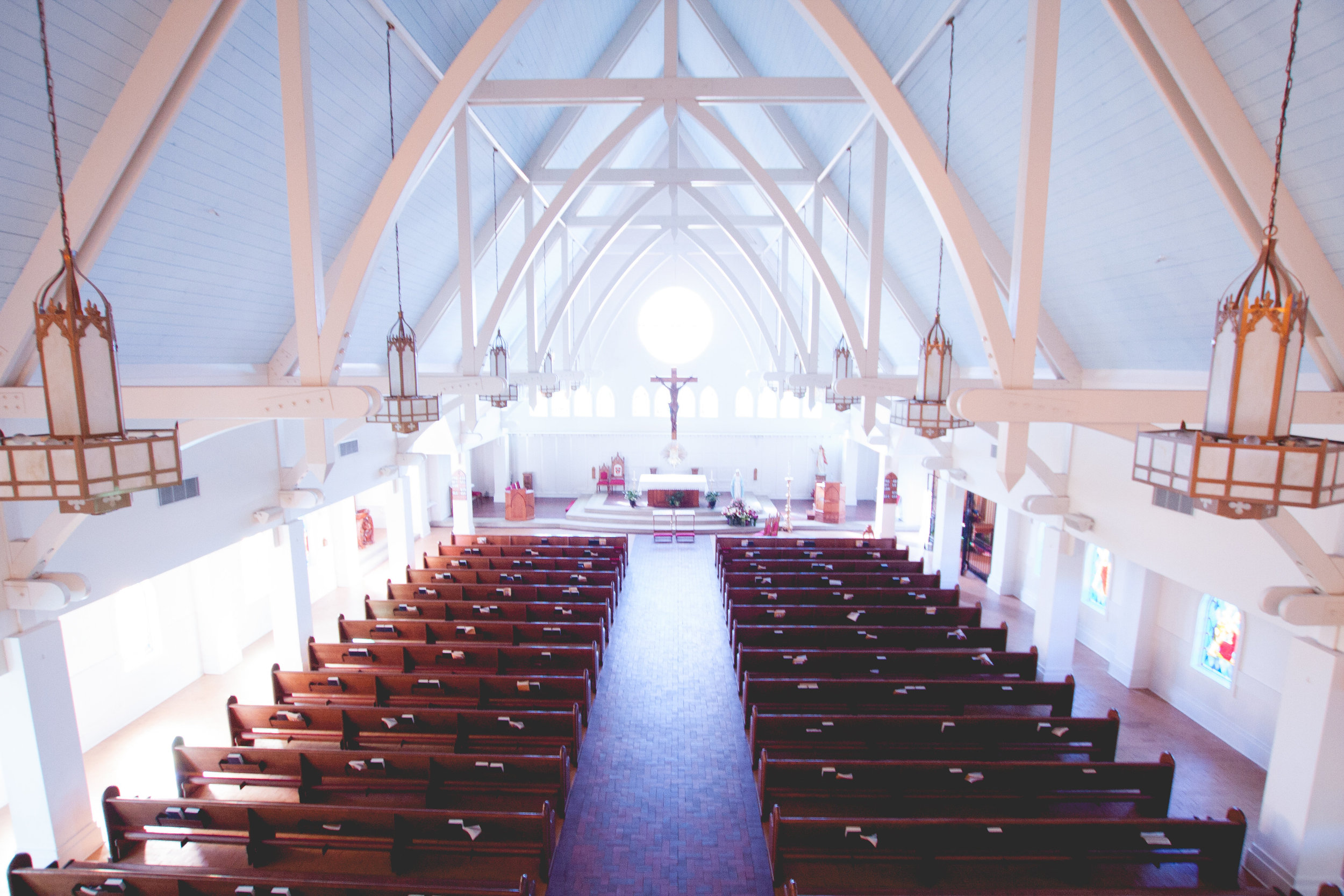The Unplugged Nuptial Mass: What It Is and Why It’s Valuable
/JIZA ZITO
In our digital age, it’s common to see wedding guests with smartphones or devices in hand. Everyone is excited to witness the joyous event, and with technology (and creative wedding hashtags), we are able to immediately share the day’s highlights with friends, family, and followers.
Photography: c/o Studio Senn
While it is a great gift to instantly capture and share images instantly, the constant presence of devices can also be a source of distraction and can prevent us from fully experiencing the moment. Hence, the coined phrase: the unplugged wedding.
What is an unplugged wedding?
An unplugged wedding is when the bride and groom request that guests refrain from taking photos and videos with their devices during the wedding ceremony--and sometimes the reception, as well. This includes--but is not limited to--smartphones, iPads, and digital cameras.
While it may initially seem off-putting and forward to make such a request, here are some reasons to consider an unplugged wedding Mass, and tips for making that request charitably.
Less distraction, better images
As a wedding photographer, there have been numerous times in my career when guests have obstructed an important image. Most guests like to snap a photo when the bride walks down the aisle, for instance, and during the exchange of vows, the kiss, and procession out of the church. I’ll never forget the wedding I shot where right as the bride’s father shook hands with the groom after walking his daughter down the aisle, a wedding guest got up from her seat and stepped directly across me in order to grab a shot with her cellphone.
The exchange itself between the groom and the father, as the bride looked on with a smile, was beautiful. The image, however, now has a very obvious fourth person--and her cellphone--in the frame. For me as a photographer, it was disheartening. At the end of the day, your photographer only wants to give you and your spouse the very best photos, ones you can cherish for the rest of your days.
So, although Uncle iPhone or Aunt Samsung Galaxy mean well with their desire to take a few photos, requesting an unplugged wedding is a good option if you don’t want them and their devices to make it into the sidelines of your album images.
Getting the most from your investment
Part of hiring a wedding photographer is trusting he or she will do the job well. Your photographer is working as a professional, and you are putting forth a good investment to ensure they will capture all of the important moments of your day. Depending on your photographer’s contract, there may also be a section stating there must be no other photographers at the wedding.
If you happen to be doing a live stream of your wedding Mass for a family member or loved one who cannot be physically present, be sure to let your pastor, photographer, and videographer know.
Mass is a time for worship
Our Catholic faith considers the Mass to be the highest form of prayer. If non-Catholic guests are attending, it’s a perfect opportunity for them to experience the beauty of the Mass and to learn more about the faith. By being present at Mass, we directly encounter Jesus Christ in his Real Presence, in the Most Holy Eucharist. The Eucharist is the source and summit of our Christian life (CCC 1324).
So, with all the angels and Saints, we are worshipping God in a very tangible way at Mass alongside the bride and groom. With an unplugged wedding, we not only give the couple our attention. More importantly, we’re better able to give God our full attention through our worship.
"When you’re a guest, your job and privilege is to witness and pray." - Claire Watson, Claire Watson Photography, Spoken Bride Vendor
How to request an unplugged wedding?
If you and your fiancé opt for an unplugged wedding, it’s helpful to give your guests a heads up .
Spoken Bride vendor and calligrapher Sarah Erikson of Sarah Ann Design shared this simple note in her wedding program:
"To preserve the spirit of worship, please refrain from all cell phone use (including photography) while inside the church.”
Other ways to communicate your expectations are asking the priest or a loved one to make an announcement before Mass, displaying an attractive hand-lettered sign before the church entrance, or sharing the information on your wedding website and in your Mass programs.
What are your thoughts on having a unplugged wedding?
About the Author: Jiza Zito is Spoken Bride's Creative Director and Co-Founder. She is the owner and wedding photographer of Olive & Cypress. Read more
























